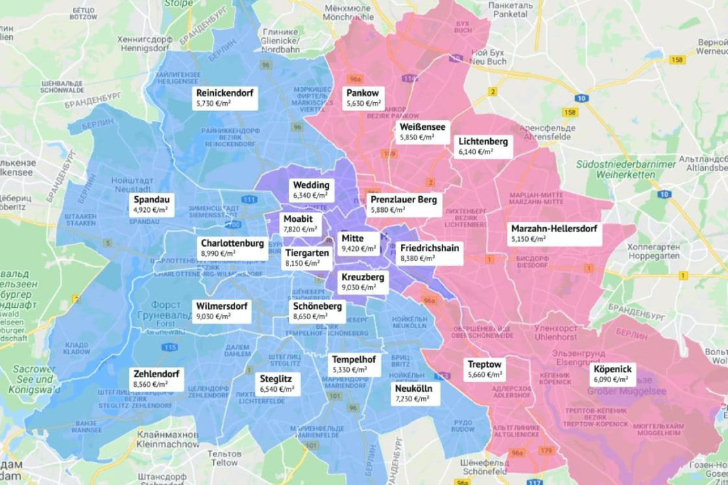In the hyper-connected age we inhabit, social media has morphed from a mere platform for personal interaction to an indispensable tool for businesses. It’s no longer a question of whether a brand should have a social media presence, but rather how effectively they can leverage it to achieve their marketing objectives. Social media marketing, when executed strategically, can be a powerful catalyst for brand building, customer engagement, and revenue growth.

The Transformative Power of Social Media Marketing
Social media marketing encompasses a wide range of activities, from content creation and community management to paid advertising and influencer collaborations. Its potential to drive business success stems from its ability to:
- Enhance Brand Awareness: Social media platforms provide unparalleled reach, allowing brands to connect with vast audiences and amplify their message.
- Foster Customer Engagement: Social media facilitates direct interaction with customers, enabling brands to build relationships, gather feedback, and provide personalized support.
- Drive Website Traffic and Leads: Strategic content and targeted advertising can drive qualified traffic to websites, generating leads and increasing conversions.
- Improve Search Engine Optimization (SEO): Social media activity can indirectly influence SEO by increasing brand visibility and driving website traffic.
- Gain Valuable Insights: Social media analytics provide valuable data on audience demographics, preferences, and behaviors, enabling brands to refine their marketing strategies.
- Build Brand Loyalty: Consistent engagement and valuable content can cultivate a loyal customer base, fostering brand advocacy.
Navigating the Social Media Landscape
The social media landscape is constantly evolving, with new platforms and trends emerging regularly. Businesses must adapt their strategies to remain relevant and effective. Some key aspects of social media marketing include:
- Platform Selection: Choosing the right platforms based on target audience demographics and business objectives.
- Content Strategy: Developing a consistent and engaging content calendar that aligns with brand values and resonates with the target audience.
- Community Management: Actively engaging with followers, responding to comments and messages, and building a strong online community.
- Paid Advertising: Utilizing targeted advertising options to reach specific demographics and achieve marketing goals.
- Influencer Marketing: Collaborating with influencers to reach their followers and promote brand awareness.
- Analytics and Reporting: Tracking key metrics and analyzing data to measure campaign performance and optimize strategies.
Factors Influencing Social Media Marketing Costs
The cost of social media marketing varies significantly depending on several factors, including:
- Platform Selection: Different platforms have different advertising costs and organic reach.
- Content Creation: High-quality content requires time, resources, and expertise.
- Paid Advertising Budget: The amount spent on paid advertising significantly impacts overall costs.
- Agency or In-House Management: Hiring an agency can be more expensive than managing social media in-house.
- Influencer Marketing Costs: Influencer fees vary based on their reach and engagement.
- Software and Tools: Utilizing social media management tools and analytics software can incur additional costs.
Table 1: Estimated Monthly Costs for Social Media Management (Small to Medium Business)
| Service | Estimated Monthly Cost |
|---|---|
| Content Creation (Organic Posts) | $500 – $2,000 |
| Community Management | $300 – $1,500 |
| Paid Advertising (Budget Excluded) | $500 – $2,500 |
| Analytics & Reporting | $100 – $500 |
| Total (Excluding Ad Spend) | $1,400 – $6,500 |
Export to Sheets
Note: These are estimated ranges and actual costs can vary based on the scope of services, agency fees, and content requirements.
Table 2: Estimated Costs for Influencer Marketing Campaigns (Per Post/Story)
| Influencer Tier | Estimated Cost Per Post/Story |
|---|---|
| Micro-Influencer (1,000 – 10,000 followers) | $50 – $500 |
| Mid-Tier Influencer (10,000 – 100,000 followers) | $500 – $5,000 |
| Macro-Influencer (100,000 – 1,000,000 followers) | $5,000 – $20,000 |
| Mega-Influencer (1,000,000+ followers) | $20,000+ |
Export to Sheets
Note: These are estimated ranges and actual costs can vary based on influencer engagement rates, industry, and campaign requirements.
Crafting a Successful Social Media Marketing Strategy
To maximize the return on investment from social media marketing, businesses must develop a strategic approach. Key steps include:
Stay Updated on Trends: Continuously adapt to the evolving social media landscape.
Define Clear Objectives: Establish specific, measurable, achievable, relevant, and time-bound (SMART) goals.
Identify Target Audience: Understand audience demographics, preferences, and behaviors.
Develop a Content Strategy: Create a consistent content calendar that aligns with brand values and audience interests.
Engage with the Community: Actively respond to comments and messages, fostering meaningful interactions.
Utilize Paid Advertising: Leverage targeted advertising options to reach specific demographics and achieve marketing goals.
Monitor and Analyze Results: Track key metrics and analyze data to optimize strategies and measure campaign performance.












